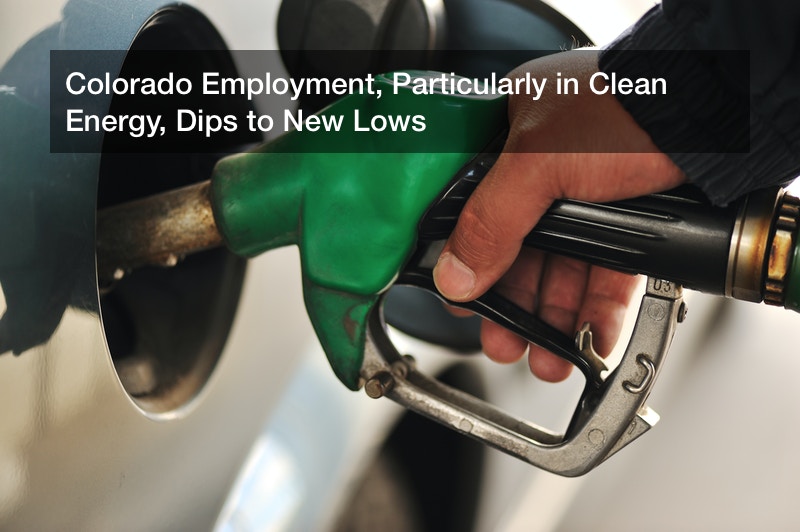Colorado Employment, Particularly in Clean Energy, Dips to New Lows
3 min read
There’s no denying that the pandemic has been rough on American businesses. Although 72% of business owners say they could likely continue business operations if they retain data, even after losing all other assets, it’s clear that data protection isn’t the only thing these organizations need to thrive. With over 41 million U.S. residents now out of work thanks to COVID-19, it’s clear the whole country is struggling. But in Colorado, jobs are disappearing at an alarming rate — especially in the clean energy sector.
Natural disasters like tornadoes, of which over 1,000 are recorded in the U.S. every year, can easily destroy a business. But as we’ve learned, these aren’t the only catastrophic events that business owners and employees have to contend with. The novel coronavirus pandemic has forced non-essential businesses to close their doors all across the nation. And although many states are reopening — and Colorado was the first Democrat-run state to do so — that doesn’t mean that the economic impacts aren’t still being felt.
In April, the state’s unemployment rate rose to 11.3% — a notable increase from 5.2% in March and February’s historical low of 2.5%. Now, Colorado’s unemployment rate has hit its highest peak since 1976. According to experts, the job losses sustained in April equaled more than all the jobs in the state of Wyoming. Although that still puts Colorado’s unemployment rate below the national average of 14.7%, and the state is actually ranked as 16th lowest for unemployment, it’s important to note that Colorado lost several years of gains in just a couple of short months. Experts also predict that more job losses are yet to come, despite Colorado’s gradual reopening.
The clean energy sector, specifically, has been hit hard. On a national level, more than 620,000 U.S. clean energy workers have lost their jobs since March. And although solar energy now accounts for 1.6% of total U.S. electricity generation, 18.5% of the industry’s workforce has now filed for unemployment. In Colorado, roughly 7,531 clean energy jobs have now been lost — representing an 11.2% employment decrease just from March through May. Colorado Governor Jared Polis had already set a goal of having the state receive 100% of its electricity from renewable resources by 2040, but achieving those aims may be harder to come by when such a significant portion of the workforce has been furloughed.
Interestingly, however, Colorado actually had more clean energy job openings than qualified workers before the pandemic. Many solar companies tried their hardest to hold onto workers during the shut-down — and the good news is that many companies specializing in rooftop and residential solar installations are already bringing back employees. Sales did drop off sharply during the peak of the pandemic, but a strong pipeline and a notable rebound of sales suggest that the industry could bounce back. Consumers might be more inclined to explore solar installations in the interests of self-sufficiency, energy efficiency, and long-term cost savings. While solar and other renewable energy organizations aren’t quite out of the woods yet, there’s reason for optimism.
Overall, the state of Colorado seems to be faring better than many others in the nation. But it’s important to note that there may be many more struggles to come and that residents should continue to prepare for what might be on the horizon — particularly if a second wave of COVID-19 takes hold.





